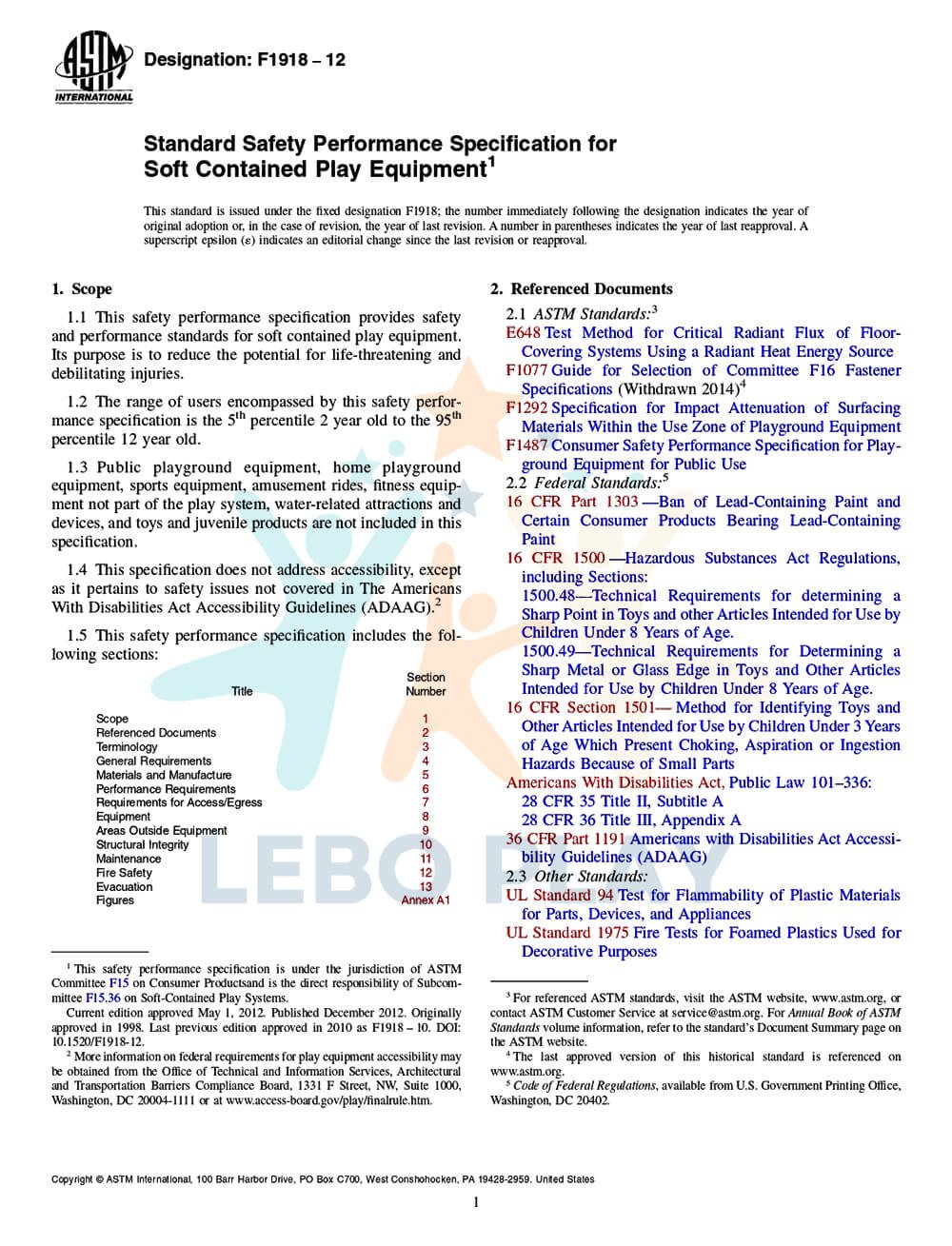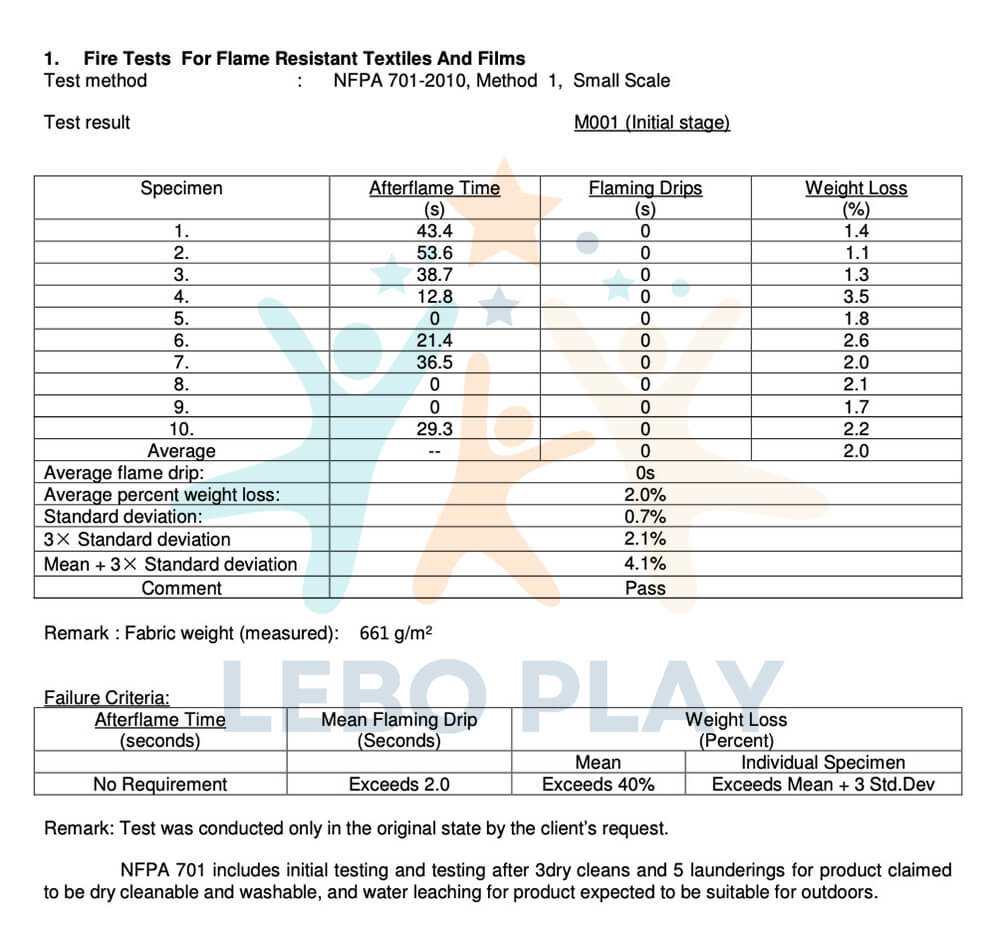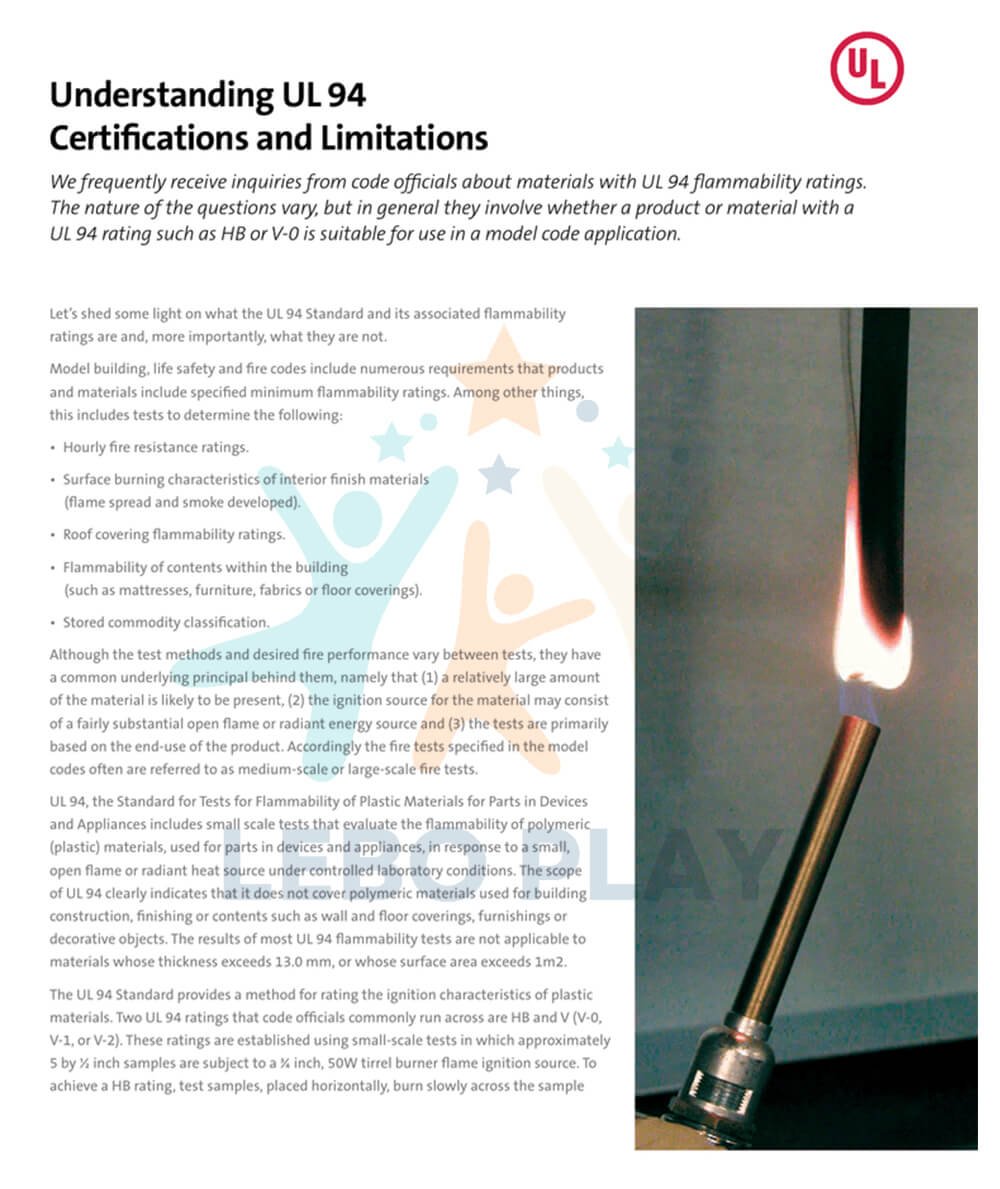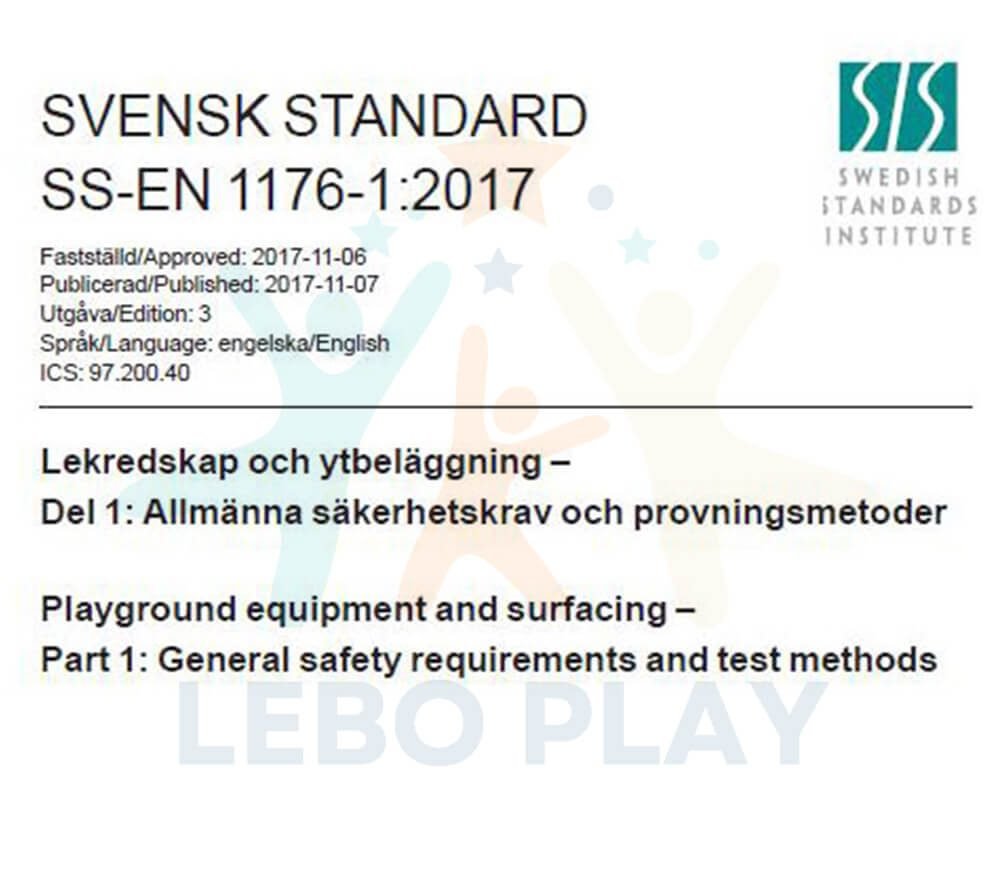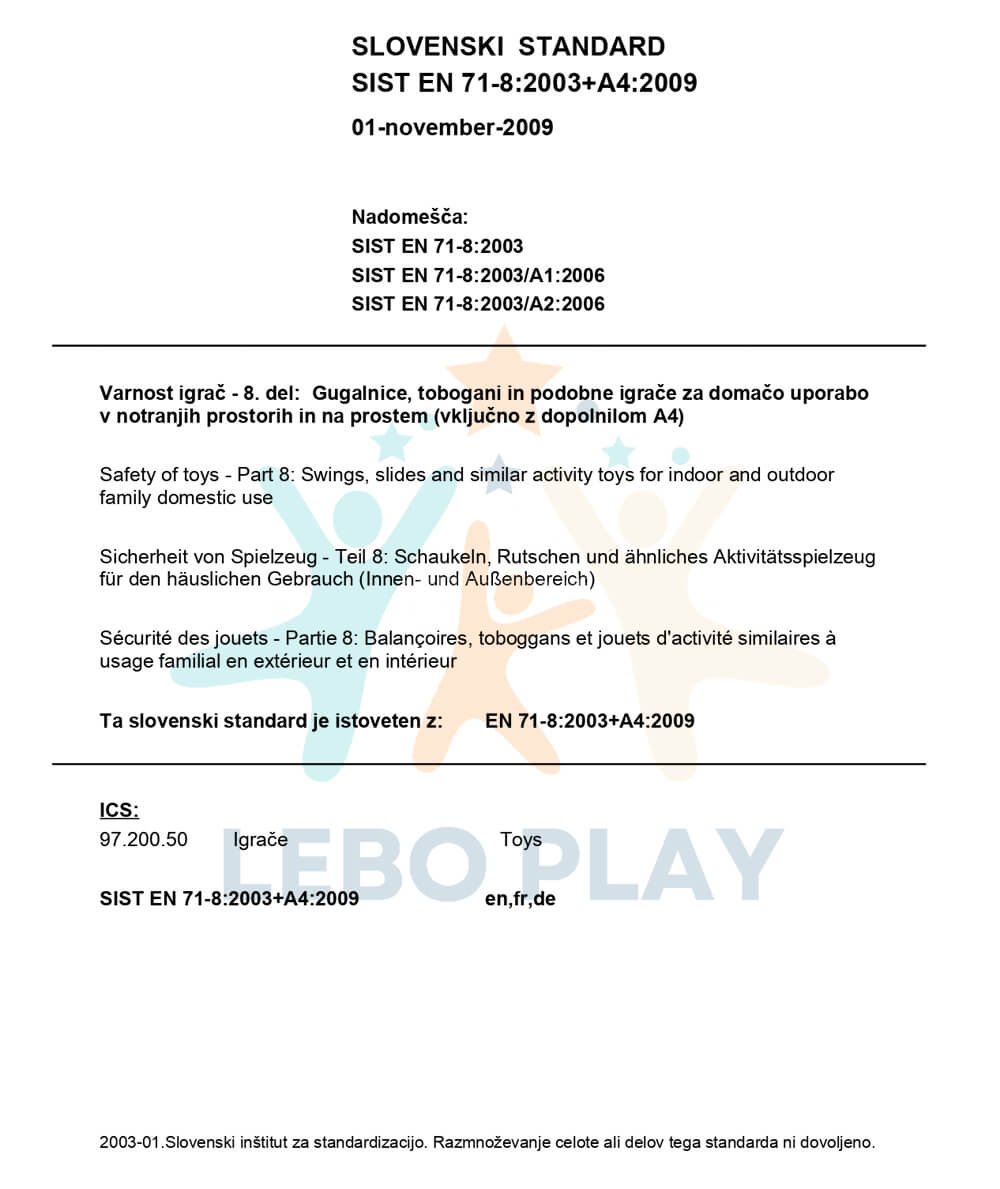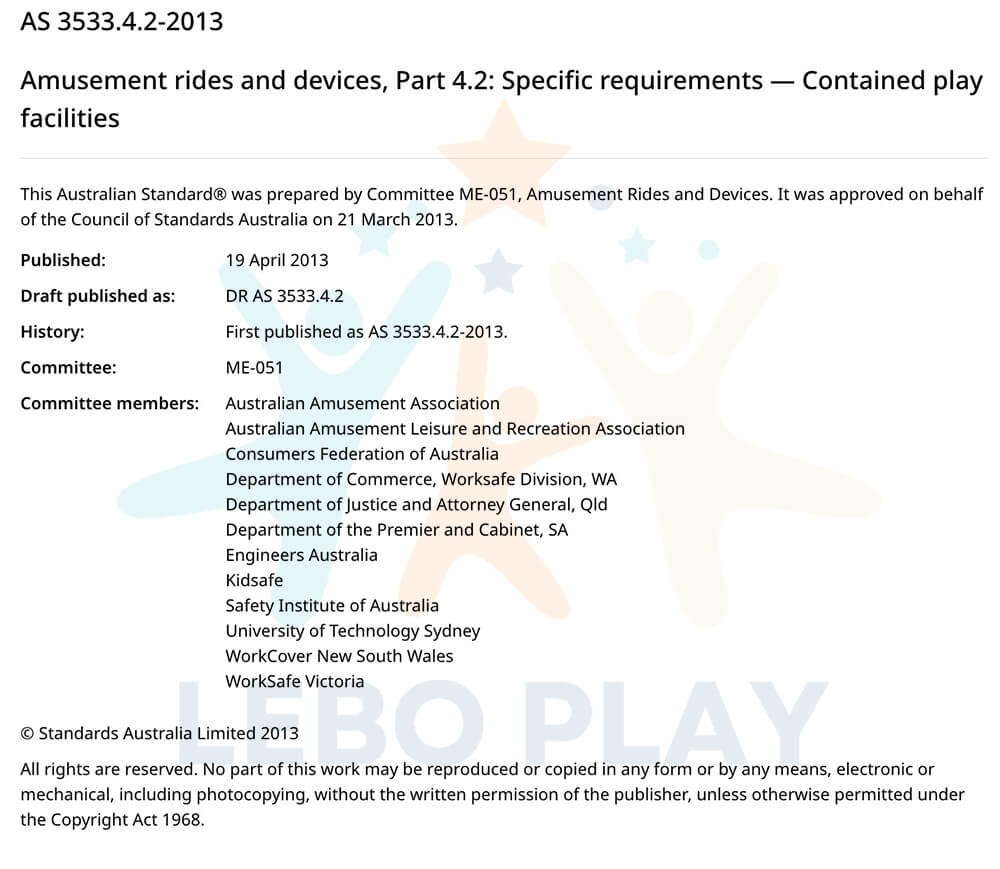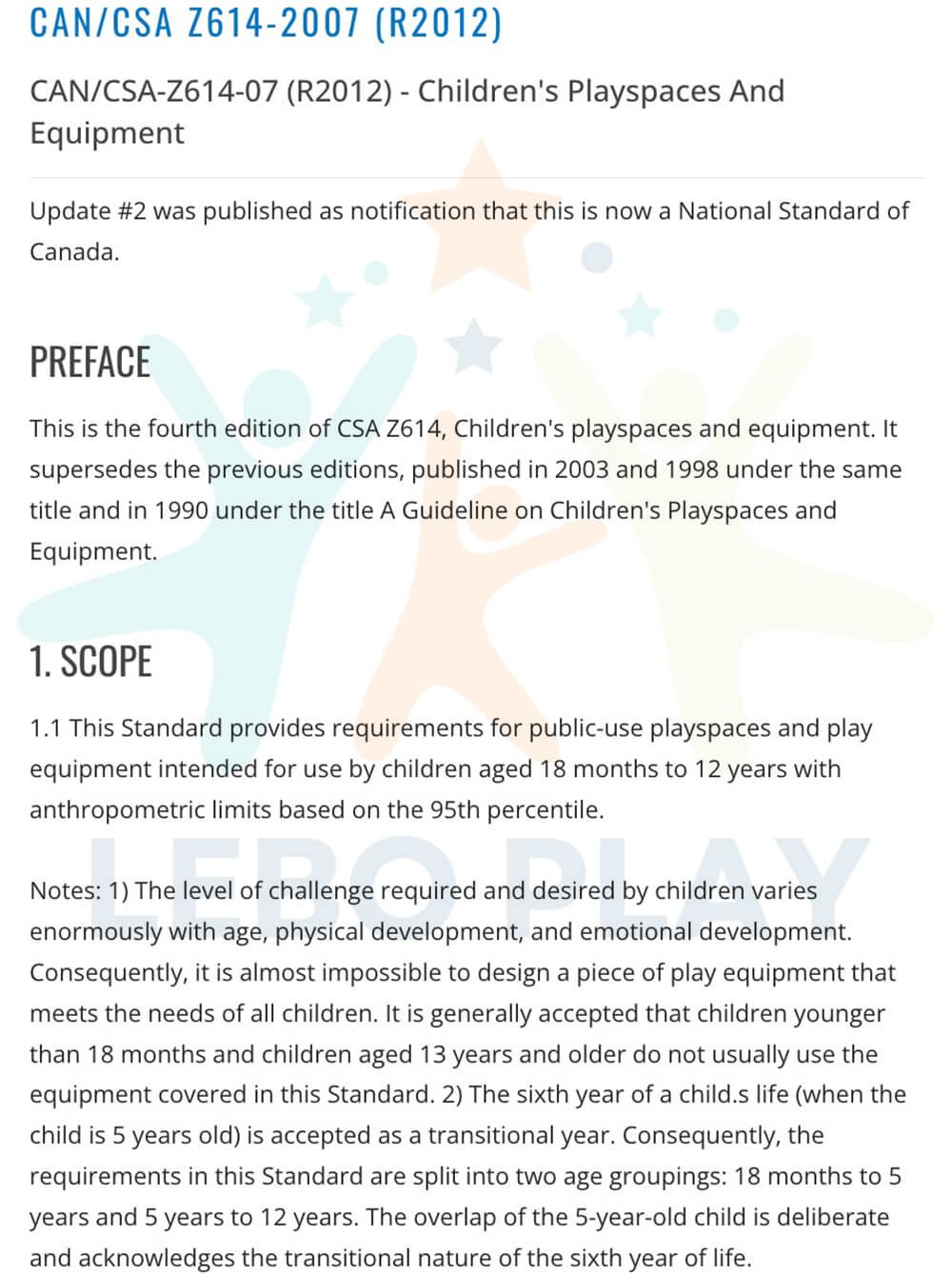Running an indoor playground isn’t just about creating a fun space for kids to play. It’s about keeping those kids safe while they explore, climb, and run around in your facility. As a venue operator, understanding and adhering to safety standards is crucial not just for compliance, but for establishing trust and reliability.
At Lebo Play, we’ve helped buinesses all around the world pass the strictest safety certifications, so every indoor playground we design and manufacture can pass inspections with flying colors and create a safe environment for families. In this article, we’re going to dive into the key safety standards your business needs to understand and why they’re so important.
Why Safety Certifications Matter?
Operating an indoor playground comes with significant legal responsibilities. In most countries, you’re not just encouraged to meet safety standards, you’re required to. If you don’t, you could find yourself in legal trouble, facing fines, or even having your business shut down. By getting your equipment certified, you protect yourself from liability and reduce the chances of accidents occurring.
Imagine walking into a playground that hasn’t paid due attention to safety—it’s not just a business risk but also a safety hazard for the children. Safety standards are more than just regulatory requirements; they are commitments to ensuring every child’s well-being. They foster trust with parents and patrons and, ultimately, protect your business reputation.
In my early days consulting for play centers, my seniors highlighted the global variations in safety expectations. Different regions have tailored standards to meet their specific needs, yet the end goal remains the same—keeping children safe. Navigating these differences is vital for businesses operating internationally.
In our experience, venue operators who prioritize safety tend to build stronger relationships with their communities. Parents want to know that the playground equipment their kids use is held to the highest standards. Certifications like ASTM and TUV communicate that you take safety seriously and have gone the extra mile to protect young visitors.
One client from North America we worked with mentioned that after clearly promoting the ASTM compliance of their equipment, they saw an increase in family visits. “It’s like parents feel we’re speaking their language of safety,” they said. And that’s the point—when you invest in certified equipment, you’re investing in your relationship with your customers.
Key International Safety Standards and Certifications
Key international safety standards and certifications include ASTM F1918-12 (USA), EN 1176 (Europe), AS 3533.4.2-2013 (Australia), and CSA Z614-07(R2012) (Canada), each providing guidelines for consumer safety in various industries.
1. ASTM F1918-12 of North America
ASTM 1918 is the Safety Performance Specification for Soft Contained Play Equipment, which is a standard established by an international organization called ASTM. ASTM is a global organization that creates and releases voluntary agreement technical standards for various materials, products, systems, and services. For many years, we have been involved in designing, distributing, producing, and installing indoor playgrounds and equipment that adhere to the ASTM standard. Our playground equipment at Lebo Play can meet local safety standards and successfully pass safety inspections in North America.
2. NFPA 701of North America
NFPA 701 is a standard of the National Fire Protection Association. It was made for testing the flame resistance of fireproof materials such as building materials, outdoor shelters (like canvas, tents), fabrics, curtains, vinyl-coated fabrics and other materials applied to window materials. This test measures the flammability of a fabric when it is exposed to specific sources of ignition.
3. UL 94 of North America
UL 94 is the most widely used test for determining a specimen’s relative flammability, its ability to extinguish the flame after ignition and its dripping behavior. UL94 covers two types of testing: vertical burn and horizontal burn. The Standard for Safety of Flammability of Plastic Materials for Part in Devices and Appliance testing is a plastic flammability standard released by underwriters Laboratories of the USA. The standard classifies plastics according to how they burn in various orientations and rank their thicknesses from lowest (least flame-retardant) to highest (most flame-retardant).
4. EN 1176 of Europe
5. EN 71 of Europe
6. AS 3533.4.2-2013 of Australia
7. CSA Z614-07(R2012) of Canada
CSA Z614-07(R2012) is a Canadian safety standard specifically designed for public-use playgrounds and play equipment, targeting children aged 18 months to 12 years. he standard applies to both indoor and outdoor playgrounds, addressing various aspects of safety in play environments. The standard includes guidelines on materials, structural integrity, and installation practices to minimize risks associated with playground use.
The Certification Process
Certifying indoor playground equipment involves multiple steps: rigorous testing, detailed documentation, and thorough compliance checks. Third-party testing is typically needed to confirm adherence to safety standards, which may include material quality tests, structural assessments, and installation evaluations.
At Lebo Play, most of our testing of materials and indoor playground products is performed by SGS, the largest and most reputable testing laboratory in the world. The testing standards we apply to our products are those used for indoor playgrounds.

Addressing Common Misconceptions
One common misconception we’ve encountered is that certification automatically means higher costs. While certified equipment may sometimes carry a higher initial price tag, it’s an investment that pays off in the long run. Certified equipment can reduce liability risks, minimize repair costs, and increase customer loyalty.
Another myth is that certifications are only necessary for large playgrounds or chains. In reality, all playgrounds—no matter the size—should meet safety standards. Even small venues can face serious consequences if they overlook certification.
Conclusion
By prioritizing indoor playground equipment that meets safety standards, you’re not just protecting your business—you’re promoting a safe and enjoyable experience for every child who enters your playground. These standards should form the bedrock of your operations, ensuring parent trust and child safety at every turn. As you plan or enhance your indoor playground, remember that understanding and implementing these safety insights can create the ultimate safe haven.
At Lebo Play, we’re committed to providing high-quality, certified playground equipment that meets the strictest safety standards. Whether you’re a venue operator in the USA, Europe, or Australia, we have the experience and expertise to ensure your equipment is compliant and built to last.
If you’re ready to make safety a top priority for your indoor playground, get in touch with us at Lebo Play today. Our team is here to guide you through every step of the certification process and help you build a space that families will trust and love.

